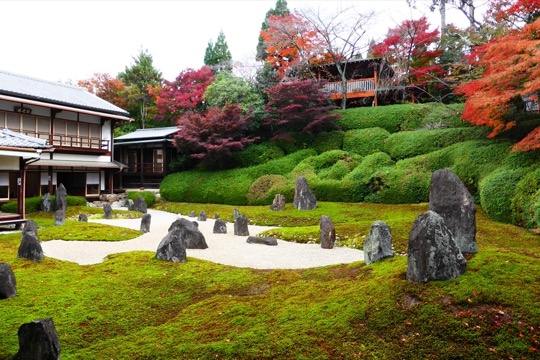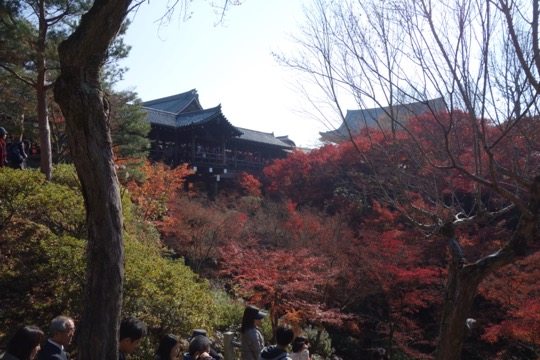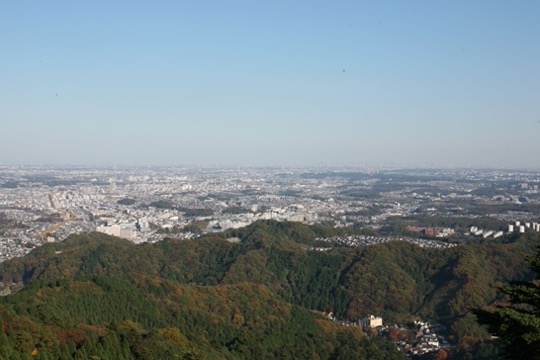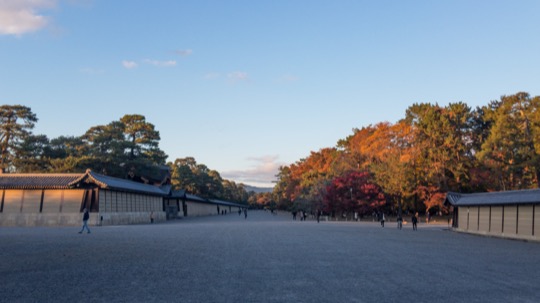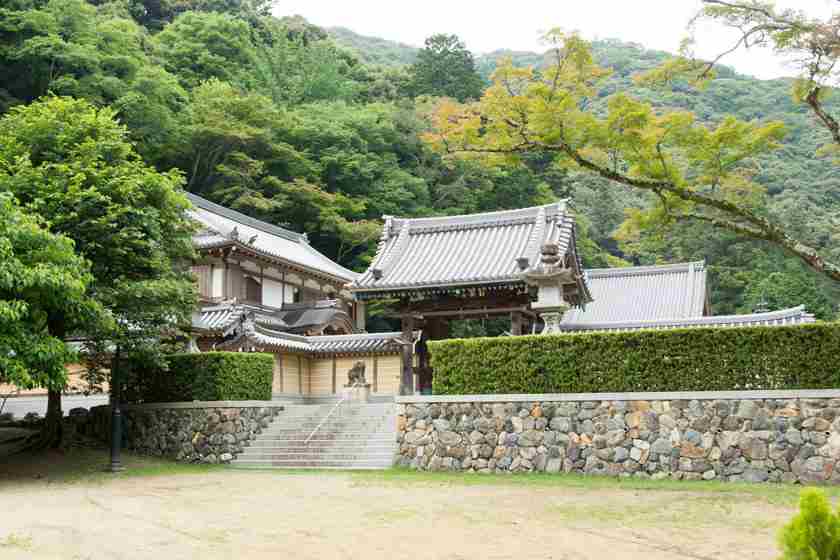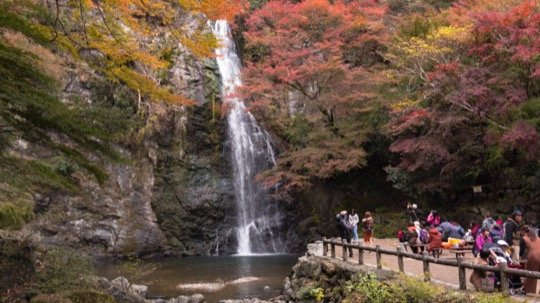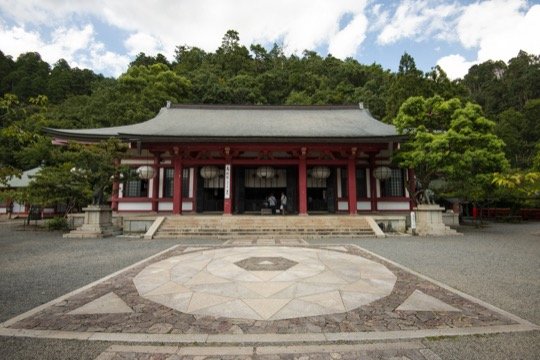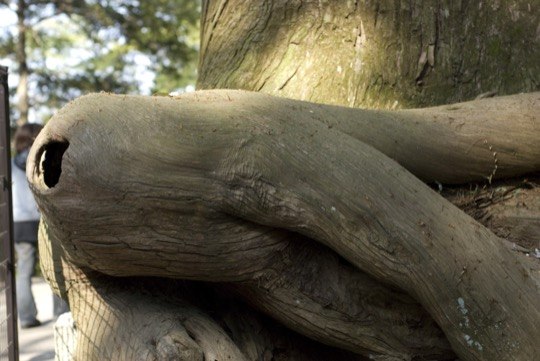Fushimi Inari Taisha
A sacred mountain path lined with thousands of torii gates

On This Page
Fushimi Inari Taisha is renowned for its Senbon Torii, a captivating pathway of thousands of torii gates, leading to the summit of Mount Inari in Kyoto. This ancient Shinto shrine, dedicated to the deity of prosperity and rice, Inari, has been a significant cultural site since before Kyoto became the capital in 794. It draws millions annually with its scenic trails and cultural festivals.
Fushimi Inari Taisha, established before 794, is one of Japan’s most venerated Shinto shrines, connected with the nation’s agricultural and business prosperity. Inari is worshiped as the god of rice and agriculture and the patron of business. The shrine’s historical significance is mirrored not only in the spiritual realm but also in its role in material prosperity.
The Senbon Torii, meaning ‘thousands of torii gates,’ is the shrine’s most prominent feature. Donated by businesses and individuals, these gates symbolize gratitude or the hope for success, creating a striking visual along the trails of Mount Inari. The network of pathways, with approximately 10,000 torii gates, leads to many smaller auxiliary shrines.
The main structure, reconstructed in 1499, showcases the architectural prowess of its era. Fushimi Inari Taisha was designated as a Kanpei-taisha from 1871 to 1946, reflecting its high status.
Besides the Senbon Torii, visitors encounter stone fox statues, regarded as Inari’s messengers. The Romon Gate and main hall are also significant, marking the shrine’s architectural and religious heritage.
The 2-3 hour hike to the summit is both a spiritual and physical endeavor. The Yotsutsuji intersection offers panoramic views of Kyoto, and along the way, visitors can enjoy local cuisine and cultural activities.
Away from the crowded main hall and lower trails, the upper shrine and the magical shrine grotto, Yakurikisha, offer tranquility and splendid views. The pilgrimage circle at the summit completes the ascent.
Near Fushimi Inari Taisha, one can find traditional food stalls, including those selling tsujiura senbei, Japanese fortune crackers. The shrine’s depiction in popular culture has enhanced its fame globally.
Official Links
Getting There the easiest way to reach Fushimi Inari Taisha
Around Fushimi Inari Taisha
Nearby in Kyoto the best attractions close to Fushimi Inari Taisha
Tofukuji Temple
Foundational site of Zen, flourishing in autumn colors, established in 1236
